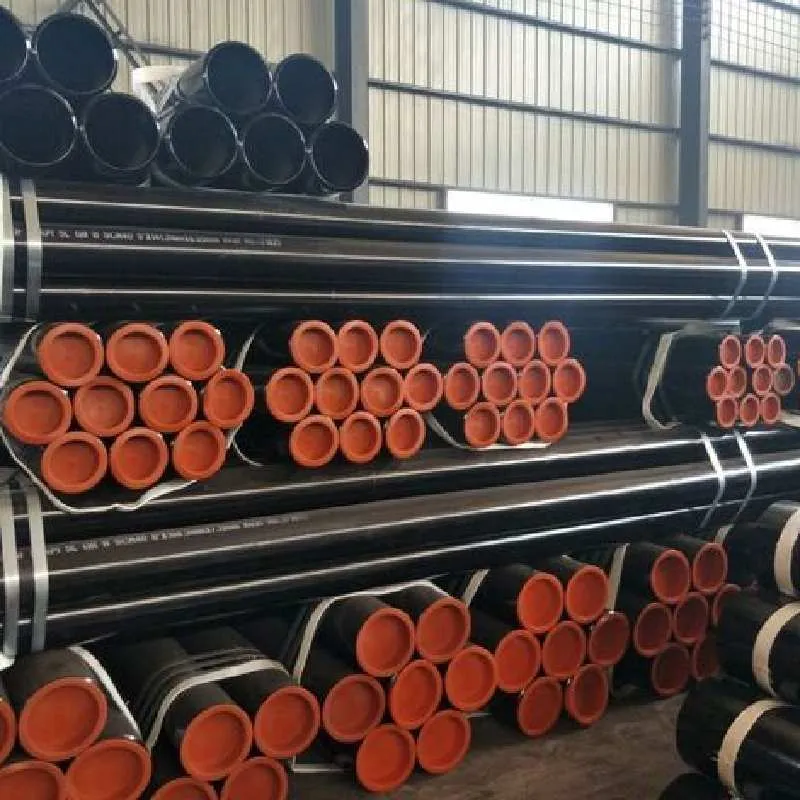-
Cangzhou Yulong Steel Co., Ltd.
-
Phone:
+86 13303177267 -
Email:
admin@ylsteelfittings.com
- English
- Arabic
- Italian
- Spanish
- Portuguese
- German
- kazakh
- Persian
- Greek
- French
- Russian
- Polish
- Thai
- Indonesian
- Vietnamese
- Zulu
- Korean
- Uzbek
- Hindi
- Serbian
- Malay
- Ukrainian
- Gujarati
- Haitian Creole
- hausa
- hawaiian
- Hebrew
- Miao
- Hungarian
- Icelandic
- igbo
- irish
- Japanese
- Javanese
- Kannada
- Khmer
- Rwandese
- Afrikaans
- Albanian
- Amharic
- Armenian
- Azerbaijani
- Basque
- Belarusian
- Bengali
- Bosnian
- Bulgarian
- Catalan
- Cebuano
- China
- China (Taiwan)
- Corsican
- Croatian
- Czech
- Danish
- Esperanto
- Estonian
- Finnish
- Frisian
- Galician
- Georgian
- Kurdish
- Kyrgyz
- Lao
- Latin
- Latvian
- Lithuanian
- Luxembourgish
- Macedonian
- Malgashi
- Malayalam
- Maltese
- Maori
- Marathi
- Mongolian
- Myanmar
- Nepali
- Norwegian
- Norwegian
- Occitan
- Pashto
- Dutch
- Punjabi
- Romanian
- Samoan
- Scottish Gaelic
- Sesotho
- Shona
- Sindhi
- Sinhala
- Slovak
- Slovenian
- Somali
- Sundanese
- Swahili
- Swedish
- Tagalog
- Tajik
- Tamil
- Tatar
- Telugu
- Turkish
- Turkmen
- Urdu
- Uighur
- Welsh
- Bantu
- Yiddish
- Yoruba

Nov . 09, 2024 01:30 Back to list
Exploring the Standards and Guidelines of ANSI B16.47 for Flanged Fittings
Understanding ANSI B16.47 A Comprehensive Overview
The ANSI B16.47 standard plays a crucial role in the piping and valve industry, particularly concerning flanges used in high-pressure applications. This standard provides specifications and guidelines that ensure the proper design, construction, and compatibility of flanges in various engineering systems. As industries continue to evolve, ANSI B16.47 remains a cornerstone document, facilitating the safe and efficient operation of pipelines across diverse sectors, including oil and gas, water treatment, and chemical manufacturing.
What is ANSI B16.47?
ANSI B16.47 is a standard developed by the American National Standards Institute (ANSI) that focuses on large diameter flanges for piping systems. The standard is divided into two main parts Series A and Series B. Series A flanges are defined under the design specification of ASME B16.47, which corresponds to the dimensions and pressure ratings for an older type of flange, while Series B is aligned with the ASME B16.5 standard, accommodating modern design considerations and improved manufacturing practices.
The standard outlines the dimensions, tolerances, materials, pressure-temperature ratings, and testing requirements for flanges. It encompasses various types of flanges, including welding neck, slip-on, and blind flanges, making it versatile for different applications. This comprehensive nature ensures that engineers and designers can refer to a single standard for reliable flange specifications.
Importance of ANSI B16
.47The significance of ANSI B16.47 can hardly be overstated. In an era where industrial safety and reliability are paramount, adherence to standards like B16.47 minimizes the risk of failure in high-pressure systems. Properly constructed flanges are essential to preventing leaks and potential catastrophic failures, which can lead to environmental disasters, financial losses, and threats to human safety.
ansi b16 47

Additionally, ANSI B16.47 promotes interoperability among components. By adhering to its specifications, manufacturers ensure that their products can be used interchangeably within different systems, thus fostering efficiency in design and installation. This compatibility is particularly essential in industries with complex piping systems that may include components from various suppliers.
Applications of ANSI B16.47
ANSI B16.47 flanges find wide applications across various industries. In the oil and gas sector, they play a pivotal role in pipeline systems that transport crude oil, natural gas, and refined products. The high pressures and volatile materials involved necessitate robust flange designs that comply with ANSI B16.47 specifications.
In the water treatment industry, these flanges are utilized in large-scale water transmission and distribution systems. They ensure the integrity of the piping infrastructure, particularly in environments that require reliable connections to withstand high pressures and corrosive substances.
Moreover, in chemical processing plants, ANSI B16.47 flanges are employed in systems that handle hazardous materials, ensuring safe and efficient operations while adhering to stringent regulatory requirements. Their design accommodates the needs of various applications, including pressure vessels, reactors, and pipelines.
Conclusion
In conclusion, ANSI B16.47 serves as a fundamental standard for large diameter flanges within piping systems. Its comprehensive guidelines ensure safety, reliability, and interoperability, making it indispensable across numerous industries. As technological advancements and industrial needs evolve, adherence to such standards remains vital for the successful operation of high-pressure systems. By understanding and implementing the specifications of ANSI B16.47, engineers and manufacturers can work towards creating safer, more efficient, and environmentally responsible industrial processes. This standard not only represents a commitment to safety and quality but also plays a critical role in the sustainability of industries reliant on complex piping systems.
Latest news
-
ANSI 150P SS304 SO FLANGE
NewsFeb.14,2025
-
ASTM A333GR6 STEEL PIPE
NewsJan.20,2025
-
ANSI B16.5 WELDING NECK FLANGE
NewsJan.15,2026
-
ANSI B16.5 SLIP-ON FLANGE
NewsApr.19,2024
-
SABS 1123 FLANGE
NewsJan.15,2025
-
DIN86044 PLATE FLANGE
NewsApr.19,2024
-
DIN2527 BLIND FLANGE
NewsApr.12,2024
-
JIS B2311 Butt-Welding Fittings LR/SR 45°/90° /180°Seamless/Weld
NewsApr.23,2024











